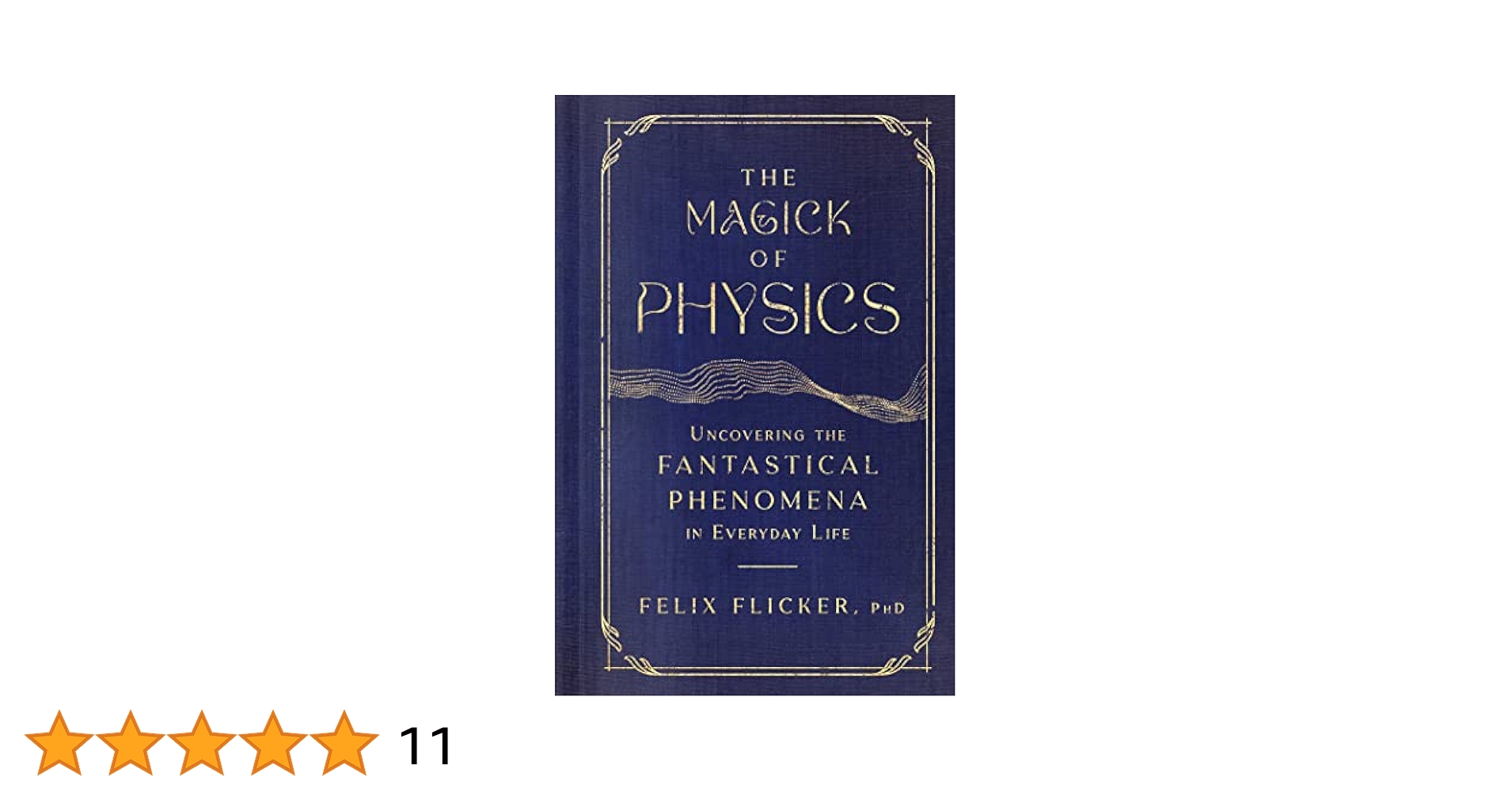
Optics, an essential domain of physics, investigates the characteristics, manipulation, and detection of electromagnetic radiation—mainly light. Its core aspects, including light propagation, reflection, and refraction, have been examined since ancient times. Geometric optics, initiated by the Ancient Greeks such as Euclid, Hero of Alexandria, and Ptolemaeus, primarily concentrated on vision theories. They proposed an extramission theory concerning visual rays sent from the eyes, while Ibn al-Haytham later modified this concept to an intromission theory focused on light rays entering the eyes.
Euclid’s seminal contributions in geometric optics, detailed in his work “Optics,” established seven postulates that define the propagation of visual rays in a conical configuration. This foundational work explained how objects are viewed concerning the angles and positions of rays, generating numerous propositions that Ibn al-Haytham would validate concerning light rays.
In addition to “Optics,” Euclid’s “Catoptrics,” despite contested authorship, investigated reflection by examining how light interacts with plane, convex, and concave spherical surfaces. Notably, Euclid’s research even alluded to refraction through an experiment involving a “floating coin,” illustrating light’s bending in water.
Hero’s subsequent discussions reflected those of Euclid while adding extensive visual deceptions using mirrors. Nevertheless, it was Ptolemaeus whose contributions remarkably broadened the scope of Greek optics. Although much of his “Optics” is lost, existing fragments show a stringent experimental method in exploring reflection and refraction. Ptolemaeus’ work provided empirical insights that remained influential up until the seventeenth century.
The pathway toward a mathematical characterization of refraction made strides with Ibn Sahl in the 10th century, who formulated an understanding of the sine law—though his contributions went unrecognized until the 20th century. While highly regarded physicist Ibn al-Haytham did not find the sine law, he significantly advanced the field with his “Kitab al-Manazir,” reshaping classical theories within the framework of intromission.
The narrative of the sine law’s rediscovery during the Renaissance showcases various independent discoveries. Thomas Harriot, Willebrord Snel, René Descartes, Pierre de Fermat, and James Gregory each contributed to its revival, with Descartes being the first to publish about it in 1637. Fermat’s principle of least time elegantly linked this law to the behavior of light.
The remarkable advancements in optics reached a peak with Isaac Newton, whose analysis of light spectra laid the foundation for contemporary optics. Each significant milestone—Euclid’s geometric principles, Ibn Sahl’s obscured insights, Descartes’ publications, and Newton’s analysis of spectra—demonstrates the evolving nature of optics, mapping a journey of discovery, rediscovery, and deep scientific progression.